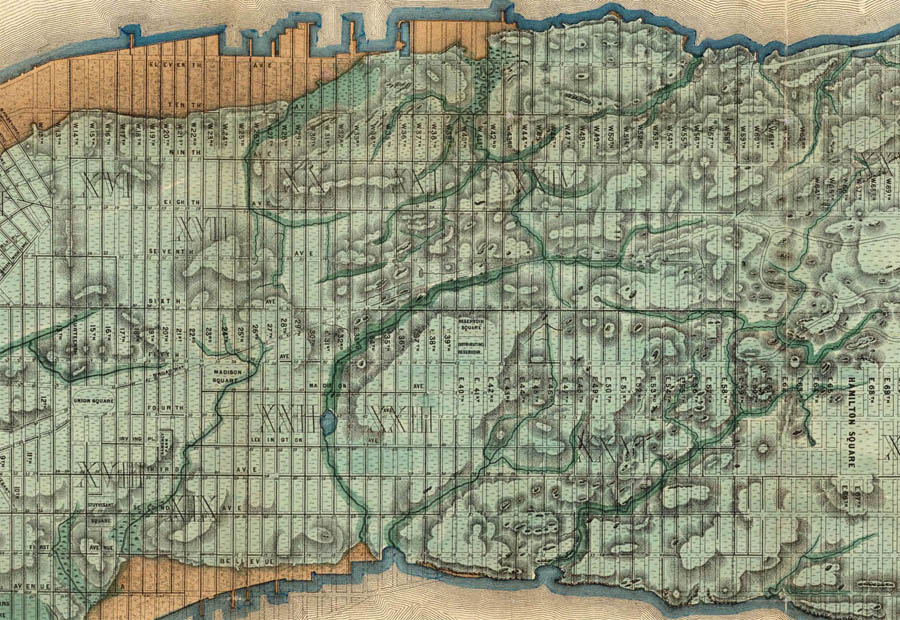 [Image: Via Wikipedia].
[Image: Via Wikipedia].
Although it’s by no means new, I realized I’ve never posted about Gregor Schneider’s project Dead House ur here. For that, Schneider spent roughly a decade systematically dismantling and rebuilding the interior of his own childhood home.
Writing for Artforum back in 2000, Daniel Birnbaum suggested that the project “is more labyrinth than house, and the prospect of getting stuck in a particularly narrow passage is truly frightening.” Indeed, there are some rooms and corridors remade in miniature, such that it’s only possible to crawl through them.
For that article, Birnbaum toured the house with Schneider himself. After having a cup of coffee, Birnbaum writes, “We leave the room not through the door but through a secret aperture that is revealed by pushing back part of the wall behind me. On the other side, we get a surprising view of the room we’ve just left: It is a motor-driven contraption set on wheels and may very well have been circulating slowly, like a high-rise cocktail lounge, while we were having coffee.” It’s a house, it’s a mechanism, it’s a maze.
So why couldn’t Birnbaum tell if the room they were sitting in had been rotating? Because the windows weren’t really windows—“Behind the window is a second window,” he writes—and many of the rooms offer no view of anything outside their own walls. Indeed, Birnbaum adds, “There seems to be no outside. Everything leads back into the house.”
Briefly, I’m reminded of the fake ophthalmologist’s office constructed in Eugene, Oregon, of all places, back in 1965, where it was used to test how people reacted to subtle room movements—without first explaining to them that the room was an experiment. Bizarrely, the room’s movements were meant to simulate what it would be like to stand at the top of a future skyscraper on the other side of the country in Manhattan: the World Trade Center towers.
In any case, everything might lead “back into the house,” as Birnbaum writes, but the interior of Schneider’s house had been made unrecognizable. Schneider hid walls behind walls, ceilings beneath other ceilings, until “the original dimensions and configuration of the various rooms are all but impossible to reconstruct.”
In an article I’ve been saving inside of a binder for some reason, and whose original place of publication is no longer clear, curator Yilmaz Dziewior continues this discussion of the architectural interventions Schneider has made. Schneider, Dziewior writes, “places walls in front of existing ones. The new walls are almost impossible to distinguish from the old. Sometimes he insulates the spaces between these walls with noise-reducing materials such as lead or foam. These structural alterations result in almost imperceptible changes in the acoustics.”
You could say that the work falls somewhere between, say, Gordon Matta Clark and the Saw franchise.
 [Image: Via with reference to death].
[Image: Via with reference to death].
Turning one’s own childhood home into a maze that is periodically dismantled, its rooms and parts sent around the world to various art galleries and museums, is, I suppose, as good a way as any to make it clear you want to complicate your relationship to the past.
 [Image:
[Image:  [Image:
[Image: 
 [Images:
[Images:  [Image:
[Image: 
 [Image: The
[Image: The  [Image: The
[Image: The  [Image: The
[Image: The  [Image: From Gordon Matta-Clark’s
[Image: From Gordon Matta-Clark’s